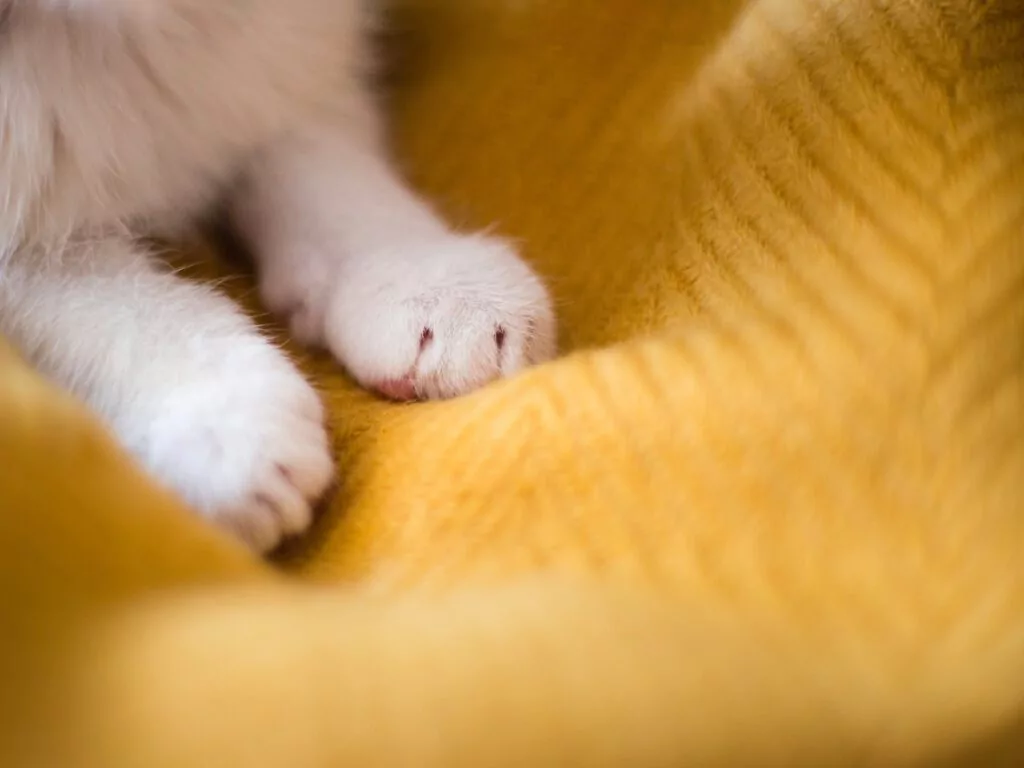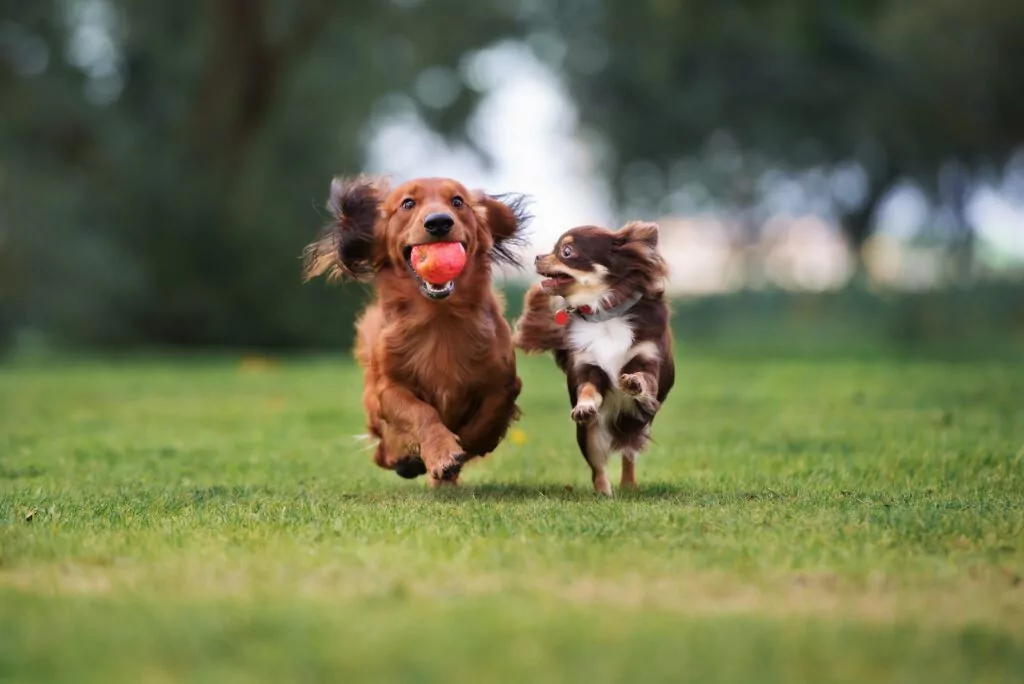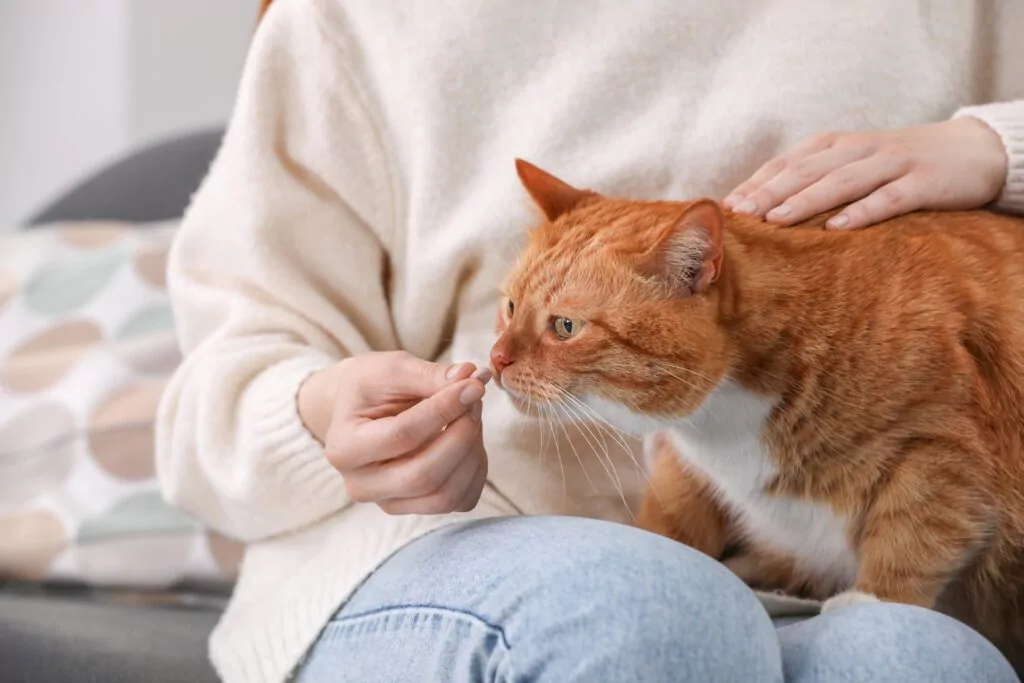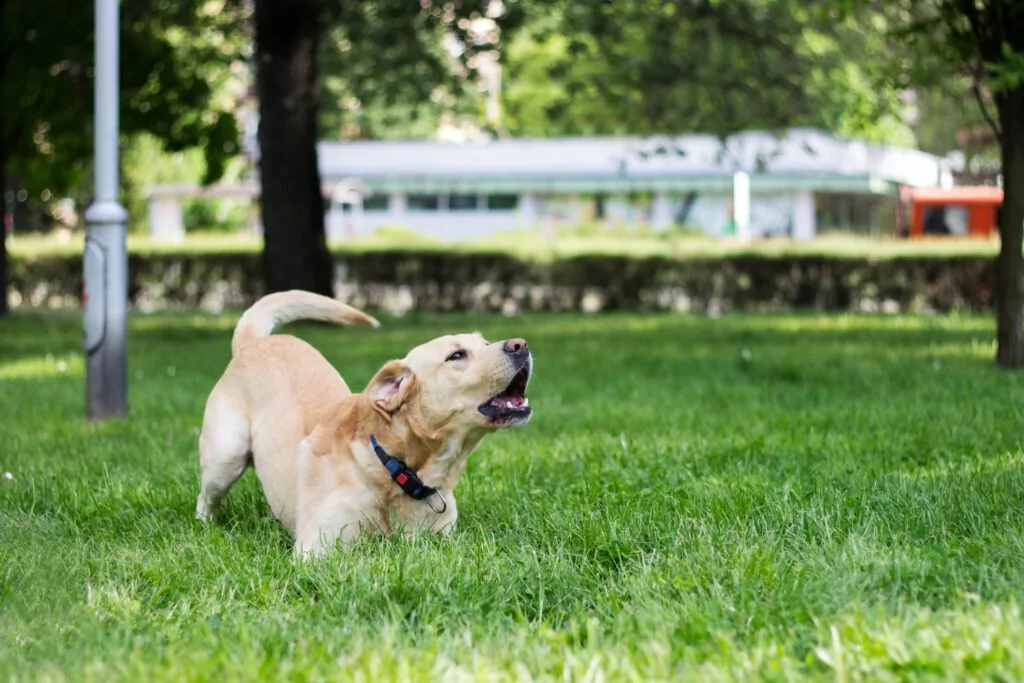How to Crate Train Your Puppy in Pewaukee, WI
Do you have a new puppy in your home? Are you thinking of crate training? Do you find yourself wondering just how to get started with this process? Crate training a puppy can provide lots of benefits for you and your dog both, but it’s not an easy experience.

With the help of the information in the article below, you can get a better idea of how to get started crate training your new puppy. Use this guide to help you plan your method and get your puppy started on the right track.
 Puppy Crate Training Tips
Puppy Crate Training Tips
Don’t Give Your Dog Too Much Room—or Too Little.
Too much space in a crate can encourage your dog to potty inside the crate. Dogs do not like to urinate or defecate where they sleep, so you can prevent your dog from doing this by providing a crate that is just big enough for him to stand up, turn around, and stretch out inside.
On the other hand, you should not give your dog a crate that is much too small for him. This can cause stunted growth and damage to his hips and bones, especially as a growing puppy. Look for the sweet spot between too small and too large, and consider a crate with a removable divider as well.
Don’t Use the Crate as a Punishment
Your dog should not see the crate as a punishment. If you only put your dog in the crate when he’s done something he shouldn’t, pretty soon he will learn to associate the crate with being in trouble, and he will be afraid or aggressive about going inside it.
That’s not to say you can’t put your dog in the crate to calm down when he’s behaving badly. Just remember that if you do so, you should remain calm when crating him, and you should let him back out again when he’s settled down.
Give Lots of Treats and Praise
When your dog goes in the crate—either on his own or because you put him there—give him lots of praise and treats. And if he stays quiet for a while after entering the crate, this is yet another reason to give him praise and treats.
You may also consider treat dispensing toys to help your dog get used to being in the crate. Kong toys you can fill with cheese or peanut butter can be excellent options for this purpose. Freeze them to provide a cool treat that keeps your dog occupied for even longer.
Let the Crate be Your Dog’s Space
The crate needs to be a safe, homey space for your dog; he needs to think of it somewhat as his den. You can place comfortable blankets or bedding in the crate once your dog is housebroken, and you can also allow him to have some of his favorite toys in the crate while he’s being supervised too.
You can encourage your dog to think of the crate as his own space by putting him in the crate when he needs to take a nap. This way, he will start associating the crate with comfort and rest in no time.
Start Slow and Work Your Way Up
Start by keeping your puppy in the crate for just a half hour at a time. When he is able to settle down and go to sleep during this time, give him treats and praise, and then extend the amount of time you keep him the crate. Soon, you should be able to leave him in the crate for a few hours at a time when you need to.
Keep in mind that your dog should not be confined to the crate all the time. When someone is at home to watch him, let him come out and stretch his legs.
Teach a Command for Going in the Crate
Teach your dog a command for going in his crate. This way, the experience feels more like a game to him, and he’ll be ready to make you happy by performing the command you give him.
“Bed” or “crate” are both good options for this command. Make sure to choose a word that doesn’t sound too much like one of your dog’s other regular commands.
Need More Puppy Crate Training Tips? Our Animal Hospital in Pewaukee, WI, Can Help
Crate training can be tricky for the first few weeks, but if you’re patient and focused on your goal, you can help your puppy become thoroughly crate trained with little trouble. When you have a puppy who is well crate trained, you can use the crate to secure your dog any time you won’t be able to keep an eye on him.
If you’re having any trouble, consider working with a professional trainer for more guidance specific to your needs. A trainer can help you figure out methods that may work best for your dog based on a variety of conditions. Our veterinarians in Pewaukee, WI, can advise you on trainers to reach out to during your puppy’s next visit. Give us a call at (262) 347-0787.
Share This Post
Recent Posts
Why is My Cat “Making Biscuits”? More About Cat Kneading
Have you ever observed your feline rhythmically pressing their paws in and out, almost like they’re making…
5 Best Dog Parks Near Pewaukee, WI
We’re lucky to be situated in a place as naturally beautiful as the village of Pewaukee, with…
How to Give a Cat a Pill
Giving medication to your feline family member can be a daunting task, but we’re here to help…
8 Reasons Why You Should Have Your Pet Spayed or Neutered
Bringing a pet into your life is a wonderful and rewarding experience. They become cherished members of…
Why Won’t My Dog Stop Barking?
Dogs have been man’s best friend for centuries, playing significant roles as companions, protectors, and loyal friends….
Recent Posts
Since 1977, Pewaukee Veterinary Services has provided progressive veterinary medicine to pets of Pewaukee and the greater Milwaukee area. We put a strong emphasis on preventive medicine and alternative therapies aimed at keeping companion animals healthy and happy. Yet, if your pet is ill, there’s no better place to entrust their care. Our animal hospital in Pewaukee not only has the most advanced veterinary equipment in the area, but also the skilled veterinarians and staff to use it.




